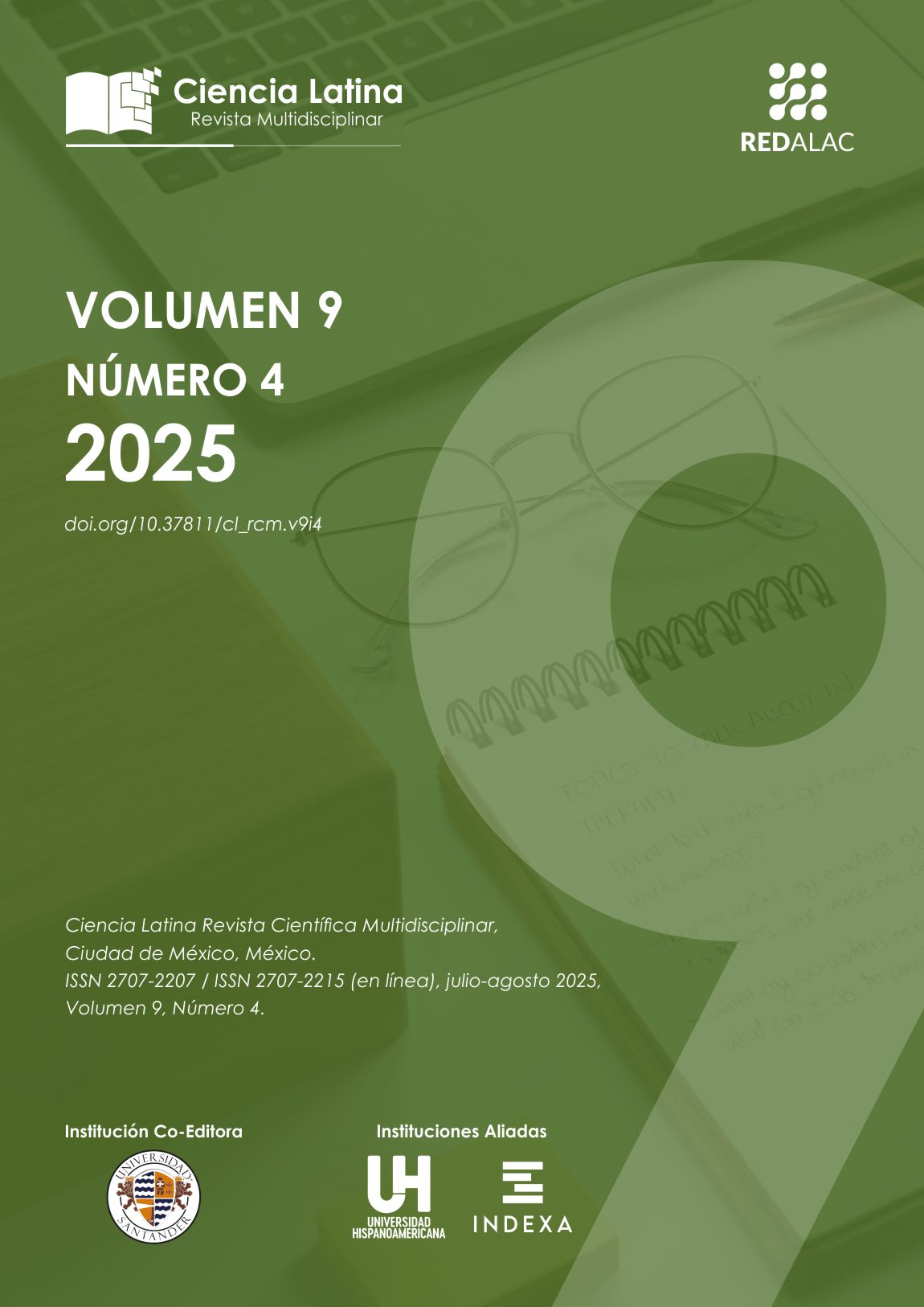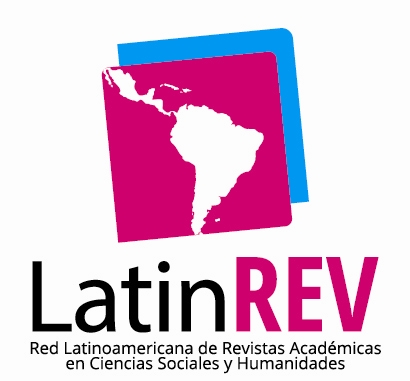Adherencia al algoritmo de la Aha en el tratamiento de taquiarritmias en el servicio de urgencias de un hospital de segundo nivel en México
Resumen
Las taquiarritmias representan una causa frecuente de atención en los servicios de urgencias y constituyen un importante problema de salud pública por su asociación con eventos adversos cardiovasculares. Este estudio tuvo como objetivo evaluar el grado de adherencia al algoritmo de la American Heart Association (AHA) para el tratamiento de taquiarritmias en el Servicio de Urgencias del Hospital General de Zona (HGZ) 20. Se realizó un estudio observacional, descriptivo, retrospectivo y unicéntrico, que incluyó 335 pacientes con diagnóstico de taquiarritmia durante el año 2023. Se analizaron variables demográficas, clínicas, terapéuticas y de desenlace. El 73.5% de los casos evidenció apego adecuado al algoritmo. La amiodarona fue el antiarrítmico más utilizado (57.3%), y en el 88.7% de los pacientes se logró la reversión del ritmo. Sin embargo, se observó un 11.3% de mortalidad. No hubo diferencias significativas en el apego entre sexos, pero se evidenció menor adherencia en pacientes con comorbilidades como hipertensión, diabetes y cardiopatía. La documentación clínica fue deficiente, con solo el 41.5% de registros adecuados de evaluación inicial y 3.9% de documentación sobre la respuesta al tratamiento. Se concluye que, si bien la adherencia al algoritmo es aceptable, existen oportunidades de mejora en la calidad de la documentación clínica y en la atención de pacientes con condiciones crónicas.
Descargas
Citas
Al-Khatib SM, Stevenson WG, Ackerman MJ, Bryant WJ, Callans DJ, Curtis AB, et al. 2017 AHA/ACC/HRS Guideline for Management of Patients With Ventricular Arrhythmias and the Prevention of Sudden Cardiac Death: A Report of the American College of Cardiology/American Heart Association Task Force on Clinical Practice Guidelines and the Heart Rhythm Society. J Am Coll Cardiol. 2018 Oct 2;72(14):e91–220.
Atkins DL, de Caen AR, Berger S, Samson RA, Schexnayder SM, Joyner BL, et al. 2017 American Heart Association Focused Update on Pediatric Basic Life Support and Cardiopulmonary Resuscitation Quality: An Update to the American Heart Association Guidelines for Cardiopulmonary Resuscitation and Emergency Cardiovascular Care. Circulation. 2018;137(1).
Cheng-Lai A, Snead J, Ng C, Verges C, Chung P. Comparison of Adherence to the 2013 ACC/AHA Cholesterol Guideline in a Teaching Versus Nonteaching Outpatient Clinic. Ann Pharmacother. 2018 Apr 1;52(4):338–44.
Chugh SS, Havmoeller R, Narayanan K, Singh D, Rienstra M, Benjamin EJ, et al. Worldwide epidemiology of atrial fibrillation: a Global Burden of Disease 2010 Study. Circulation. 2014 Feb 25;129(8):837–47.
ClíniCo C, Ernesto Balcázar-Rincón L, Arturo Mendoza-Solís L, Lourdes Ramírez-Alcántara Y, Ernesto Balcázar Rincón Calzada Emilio Rabasa LS. Reanimación cardiopulmonar: nivel de conocimientos entre el personal de un servicio de urgencias. Revista de Especialidades Médico-Quirúrgicas. 2015 Jul 22;20(2):248–55.
Emelia J Benjamin PMAAMSBCWCAPCAMC. Heart Disease and Stroke Statistics-2019 Update: A Report From the American Heart Association. Circulation. 2019 Mar 5;139(10).
Farahzadi M, Shafiee A, Bozorgi A, Mahmoudian M, Sadeghian S. Assessment of adherence to ACC/AHA guidelines in primary management of patients with NSTEMI in a referral cardiology hospital. Crit Pathw Cardiol. 2015 Mar 4;14(1):36–8.
Hosseinzadeh-Shanjani Z, Hoveidamanesh S, Ramezani M, Davoudi F, Nojomi M. Adherence of cardiologist physicians to the American Heart Association guideline in approach to risk factors of cardiovascular diseases: An experience from a teaching hospital. ARYA Atheroscler. 2019;15(1):38.
Iríbar Diéguez IK, Vergara Mitxeltorena I, Vrotsou K. Adherencia a las guías clínicas en urgencias de un hospital de segundo nivel y factores relacionados con la misma. Medicina Clínica Práctica. 2021 Oct 1;4(4).
January CT, Wann LS, Alpert JS, Calkins H, Cigarroa JE, Cleveland JC, et al. 2014 AHA/ACC/HRS guideline for the management of patients with atrial fibrillation: a report of the American College of Cardiology/American Heart Association Task Force on Practice Guidelines and the Heart Rhythm Society. J Am Coll Cardiol. 2014 Dec 2;64(21):e1–76.
Joglar JA, Chung MK, Armbruster AL, Benjamin EJ, Chyou JY, Cronin EM, et al. 2023 ACC/AHA/ACCP/HRS Guideline for the Diagnosis and Management of Atrial Fibrillation: A Report of the American College of Cardiology/American Heart Association Joint Committee on Clinical Practice Guidelines. Vol. 149, Circulation. 2024.
Johns Hopkins Medicine. Arrhythmias.
Link MS, Berkow LC, Kudenchuk PJ, Halperin HR, Hess EP, Moitra VK, et al. Part 7: Adult Advanced Cardiovascular Life Support: 2015 American Heart Association Guidelines Update for Cardiopulmonary Resuscitation and Emergency Cardiovascular Care. Circulation. 2015 Oct 20;132(18 Suppl 2):S444–64.
Mitchell OJL, Motschwiller CW, Horowitz JM, Friedman OA, Nichol G, Evans LE, et al. Rapid Response and Cardiac Arrest Teams: A Descriptive Analysis of 103 American Hospitals. Crit Care Explor. 2019;1(8).
Page RL, Joglar JA, Caldwell MA, Calkins H, Conti JB, Deal BJ, et al. 2015 ACC/AHA/HRS Guideline for the Management of Adult Patients With Supraventricular Tachycardia: Executive Summary: A Report of the American College of Cardiology/American Heart Association Task Force on Clinical Practice Guidelines and the Heart Rhythm Society. Circulation. 2016 Apr 5;133(14):e471–505.
Panchal AR, Bartos JA, Cabañas JG, Donnino MW, Drennan IR, Hirsch KG, et al. Part 3: Adult Basic and Advanced Life Support: 2020 American Heart Association Guidelines for Cardiopulmonary Resuscitation and Emergency Cardiovascular Care. Circulation. 2020 Oct 20;142(16_suppl_2):S366–468.
Peichl P, Bulava A, Toman O, Kautzner J. 2022 ESC Guidelines for the management of patients with ventricular arrhythmias and the prevention of sudden cardiac death. Cor Vasa. 2023;65(2).
Sayre MR, Berg RA, Cave DM, Page RL, Potts J, White RD. Hands-only (compression-only) cardiopulmonary resuscitation: A call to action for bystander response to adults who experience out-of-hospital sudden cardiac arrest - A science advisory for the public from the American heart association emergency cardiovascular care committee. Circulation. 2008 Apr;117(16):2162–7.
Siebert JN, Ehrler F, Gervaix A, Haddad K, Lacroix L, Schrurs P, et al. Adherence to AHA Guidelines When Adapted for Augmented Reality Glasses for Assisted Pediatric Cardiopulmonary Resuscitation: A Randomized Controlled Trial. J Med Internet Res. 2017 May 1;19(5).
Stirparo G, Gambolò L, Bellini L, Medioli F, Bertuol M, Guasconi M, et al. Satisfaction evaluation for ACLS training. Acta Biomedica. 2022;93(3).
Stirparo G, Gambolò L, Bellini L, Medioli F, Bertuol M, Guasconi M, et al. Satisfaction evaluation for ACLS training. Acta Biomedica. 2022;93(3).
Van Spall HGC, Toren A, Kiss A, Fowler RA. Eligibility criteria of randomized controlled trials published in high-impact general medical journals: a systematic sampling review. JAMA. 2007 Mar 21;297(11):1233–40.
Wann LS, Curtis AB, January CT, Ellenbogen KA, Lowe JE, Estes NAM, et al. 2011 ACCF/AHA/HRS focused update on the management of patients with atrial fibrillation (updating the 2006 guideline): a report of the American College of Cardiology Foundation/American Heart Association Task Force on Practice Guidelines. Circulation. 2011 Jan 4;123(1):104–23.
World Health Organization. Cardiovascular diseases (CVDs). 2017.
Zárate EG, Ávila GM. Knowledge and skills on basic cardio cerebro pulmonar y resuscitation in doctors of internal pre-grade. Archivos de Medicina de Urgencia de México. 2010;2(2):55–9.
Añapa Quiñónez, P. L., Recalde Páez, J. P., Fey Zalamea, C. D., Rivera Quiñónez, E. D., & Acuri Pacheco, D. A. (2025). Estrategias para la Implementación Efectiva del Aprendizaje Híbrido (Blended Learning) en Instituciones Educativas Rurales del Ecuador: Un Análisis Integral. Ciencia Y Reflexión, 4(2), 1160–1184. https://doi.org/10.70747/cr.v4i2.325
Agila Mocha, R. J., Vivanco Ureña, C. I., León Bravo, F. E., & Reyes Carrión , J. P. (2025). Software Educativos para el Proceso de Enseñanza Aprendizaje de Matemáticas en Bachillerato. Ciencia Y Reflexión, 4(2), 1341–1369. https://doi.org/10.70747/cr.v4i2.334
Chen Shih , J. (2025). Relación entre inteligencia emocional y rendimiento académico en estudiantes de nivel superior de Arequipa en la postpandemia . Ciencia Y Reflexión, 4(2), 648–667. https://doi.org/10.70747/cr.v4i2.299
Derechos de autor 2025 Vertiz Serrano Laura , Medel Ramírez Diana Rosario, Canaán Perez Daniel, Rasgado Diaz Fernando

Esta obra está bajo licencia internacional Creative Commons Reconocimiento 4.0.











.png)




















.png)
1.png)


